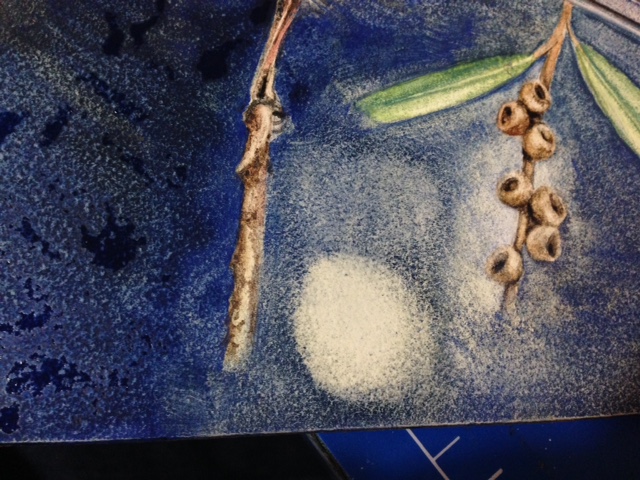I am happy to announce I have opened a little online shop. For starters we have some lovely cards printed with my paintings!
Original signed Watercolour on 300gsm paper
Professionally framed and double matted with an Australian Blackwood frame 36 x 26 cm
Totally unique, one of a kind handmade zippered tote bag.
Perfect for keeping things together.
Approx. 10cm tall x 22cm long x 12cm wide
Fully lined.
Totally unique, one of a kind handmade zippered tote bag.
Perfect for keeping things together.
Approx. 10cm tall x 22cm long x 12cm wide
Fully lined.
Totally unique, one of a kind handmade zippered tote bag.
Perfect for keeping things together.
Approx. 10cm tall x 22cm long x 12cm wide
Fully lined.
Original signed Watercolor on 300gsm paper
Professionally matted and framed 23 x 27cm
Unique Handwoven cotton dyed with rust
Pencil case, fully lined in a tan coloured printed cotton
29 x 9cm
Unique Eco printed wool and cotton duck pencil case, fully lined with blue cotton.
29 x 9cm






























Pack of six cards with envelopes.
105 x 147mm Blank card.
Please add a comment at checkout if you want to choose your cards otherwise six random cards will be selected for you.